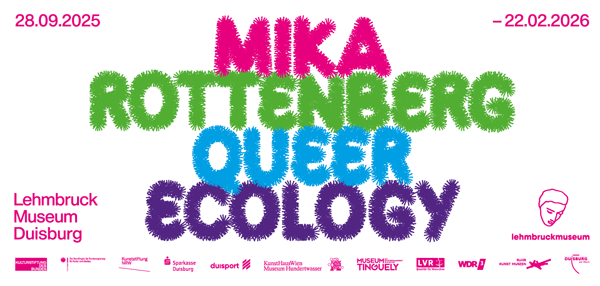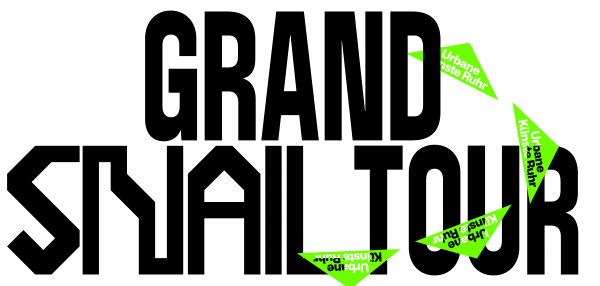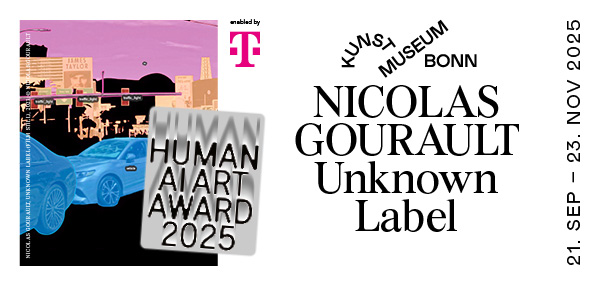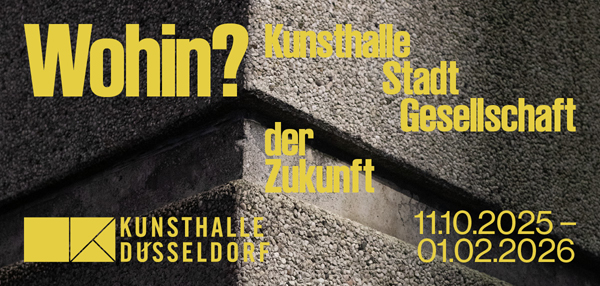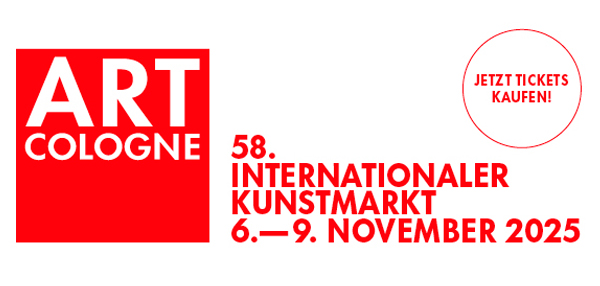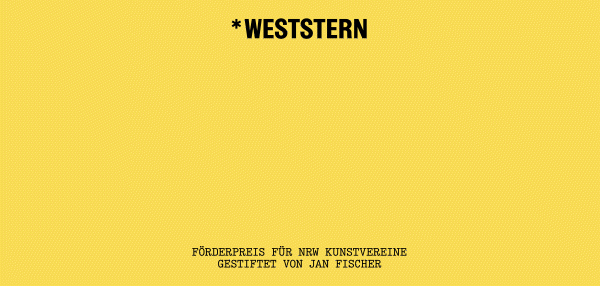RizzutoGallery


Ackerstr. 34
40233 Düsseldorf
Fr: 16–18 Uhr
Sa: 11–13 Uhr
und nach Vereinbarung
T +49 (0) 157-73 71 83 69
Exhibitions
Maria Grefe. 12 Entwürfe – Hans-Peter Feldmann. 12 Photographien
Maria Grefe, Hans-Peter Feldmann
Info: The exhibition Maria Grefe. 12 Entwürfe – Hans-Peter Feldmann. 12 Photographien celebrates the creative universe of the German fashion designer Maria Grefe through a selection of original models, sartorial sketches and garments. Maria Grefe’s work is accompanied by twelve photographs taken by Hans-Peter Feldmann as a private favour to the Grefe family, to whom he was bound by affectionate friendship. At the heart of the exhibition is the sartorial and conceptual work of Maria Grefe, whose vision of fashion combines elegance, rigor and a sense of form in a radically personal way. The models presented tell a coherent and refined aesthetic, the result of independent and sensitive research. Documenting these models in a free and unconventional way, twelve photographs taken by Hans-Peter Feldmann in a personal and friendly context, which accompany the work of the designer with a direct, simple and human gaze. These photographs are not to be understood as part of Feldmann’s official artistic production, but as an affectionate and spontaneous testimony of his interest in the creativity of others and in the people around him. Precisely because of their informal nature, these unusual images open up a rare window on Feldmann’s ability to narrate the other with delicacy and care, in a non-museum and non-institutional context. The result is a silent dialogue between fashion and photography, between creative gesture and private gaze.

Hierophanie – il conflitto, il sacro, la natura
Francesco De Grandi
Info: In this triad, De Grandi’s painting is not only representation, but ritual gesture, evocation, epiphany. The weapons of hunting and war are ritual archetypes, symbolic extensions of sacrifice, emanations of a jealous and vengeful deity: the destroyer god, who recurs cyclically in human history, yesterday as today. The gods that appear in these paintings are never Olympian or orderly. They are panicked, terrifying, or ambiguous figures, close to telluric, nocturnal, mythical powers. De Grandi moves in tune with Mircea Eliade’s intuition: gods manifest themselves in unexpected places and gestures – in the forest, in blood, in the dance of sacrifice. Each painting is a small theophany, a partial, enigmatic, burning apparition.
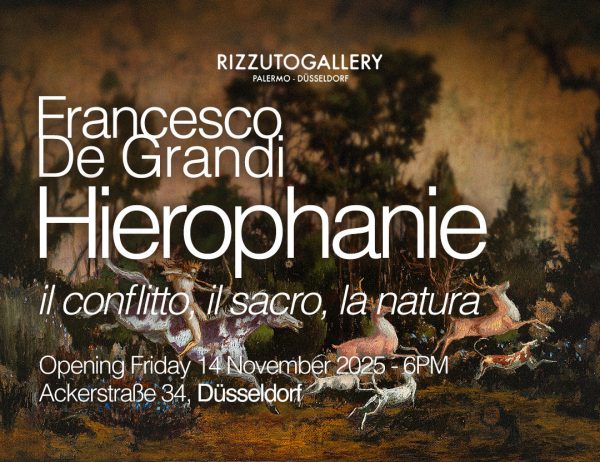
Events
Hierophanie – il conflitto, il sacro, la natura
Francesco De Grandi
Info: In this triad, De Grandi’s painting is not only representation, but ritual gesture, evocation, epiphany. The weapons of hunting and war are ritual archetypes, symbolic extensions of sacrifice, emanations of a jealous and vengeful deity: the destroyer god, who recurs cyclically in human history, yesterday as today. The gods that appear in these paintings are never Olympian or orderly. They are panicked, terrifying, or ambiguous figures, close to telluric, nocturnal, mythical powers. De Grandi moves in tune with Mircea Eliade’s intuition: gods manifest themselves in unexpected places and gestures – in the forest, in blood, in the dance of sacrifice. Each painting is a small theophany, a partial, enigmatic, burning apparition.



